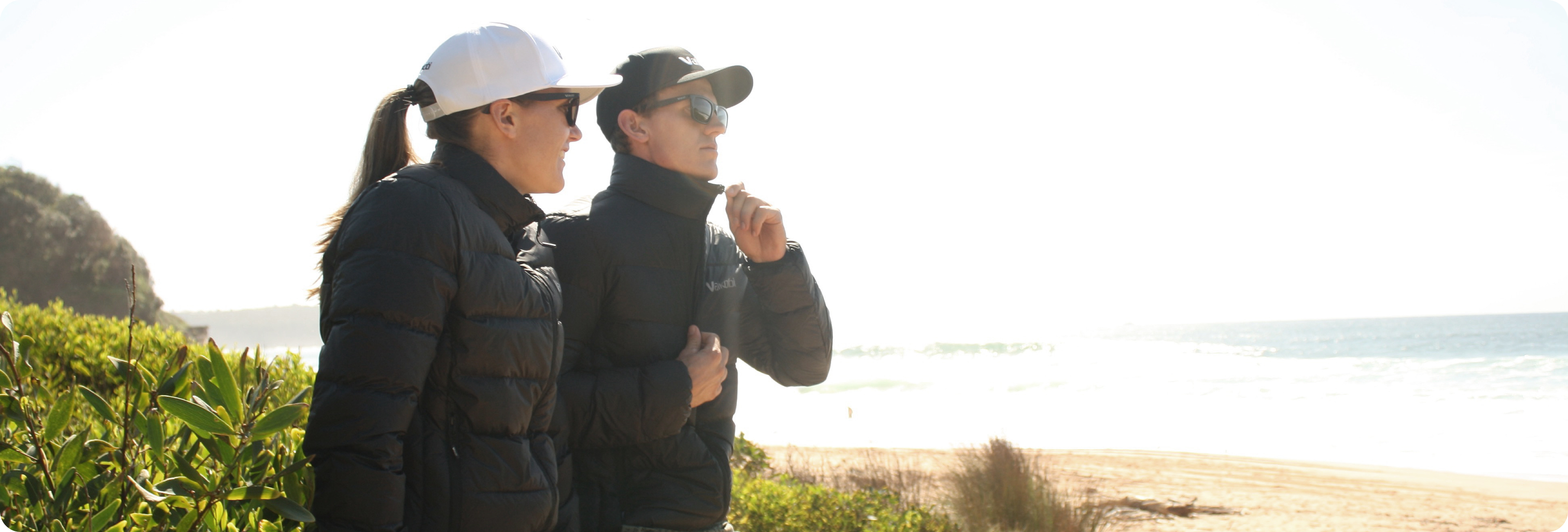Paddlers and Sailors often ask us about life vest PFD buoyancy, in terms of how to stay safe while being able to move and perform at their best. Understanding buoyancy levels in personal flotation devices (PFDs) is crucial for kayakers and sailors to ensure their safety on the water. Let’s jump in!
Life Jacket Buoyancy Classifications
Buoyancy refers to the force that keeps a person afloat, and different activities require varying levels of support. PFDs are categorised based on their buoyancy and intended use. The International Organisation for Standardization (ISO) provides classifications, with ISO 12402-5 (Level 50) being common for many water sports. Level 50 buoyancy aids provide sufficient flotation but do not guarantee to turn an unconscious wearer face-up. This makes them suitable for activities like kayaking and dinghy sailing, where mobility and comfort are essential. Vaikobi carry a range of Level 50 life vests.
In contrast, higher buoyancy levels, such as ISO 12402-3 (Level 150), are intended for offshore activities and rough waters. These life jackets offer greater flotation and are designed to turn an unconscious person face-up, providing enhanced safety in more challenging conditions. Vaikobi do not sell Level 150 life vests.
What is a Level 50 life jacket?
A Level 50 life jacket, also known as a buoyancy aid, provides 50 Newtons (N) of flotation and is designed for use in sheltered waters where immediate help is available. It is commonly used for activities like kayaking, sailing, stand-up paddleboarding (SUP), and other watersports where freedom of movement is crucial. Many paddlers and sailors choose to wear Vaikobi Level 50 Life Jackets off shore and in very rough waters, however it’s important to note that these people are proficient in their sport, always carry personal safety equipment, and paddle or sail with others close by.
Key Features of Level 50 PFDs:
-
Not designed to turn an unconscious person face-up in the water
-
Best for competent swimmers who are close to shore or rescue
-
Lightweight and less bulky than higher buoyancy life jackets, allowing for greater mobility
-
Requires the wearer to be active in the water to stay afloat
Who Should Use a Level 50 PFD?
-
Kayakers and sailors who need flexibility and movement
-
Dinghy sailors and windsurfers who frequently enter and exit the water
-
Paddlers and water sports enthusiasts operating in calm or controlled conditions
If you're heading into rough waters, offshore sailing, or situations where rescue might be delayed, a higher buoyancy level (Level 100, 150, or 275) would be a better choice.
Vaikobi PFDs and Buoyancy
Vaikobi offers a range of PFDs specifically designed for paddlers and sailors, all adhering to the ISO 12402-5 (Level 50) certification. This means they provide buoyancy above the minimum flotation required, ensuring safety without compromising on comfort. The high-quality, soft foam used in Vaikobi PFDs offers excellent buoyancy with less bulk, allowing for greater mobility—an essential feature for kayakers and sailors who require a full range of motion.
For instance, the Vaikobi VXP Race PFD is designed with a body-contoured fit, large arm openings, and minimal bulk, making it ideal for high-performance paddling and sailing. Its lightweight construction, combined with a high buoyancy rating, ensures that users remain comfortable during extended periods on the water.
The Vaikobi V4 PFD is an evolution in functionality for paddlers and foilers who need comfort and storage for long sessions. Also ISO 12402-5 (Level 50) certified, the unique super soft foam moulds to the body and fits your shape over time.
Selecting the Right PFD
When choosing a PFD, it's essential to consider the specific demands of your activity and the conditions you'll encounter. For kayaking and sailing in protected waters, a Level 50 buoyancy aid like those offered by Vaikobi provides the necessary support while allowing for freedom of movement. However, if you plan to venture into open or rough waters, a higher buoyancy PFD may be more appropriate.
Proper fit is also crucial. A well-fitted PFD ensures that it stays securely in place and functions correctly in an emergency. Vaikobi recommends selecting your PFD based on chest measurements rather than weight, as this approach ensures a better fit and, consequently, better performance. Vaikobi has a size guide for life jackets here.
A final word on life jacket buoyancy
Understanding buoyancy levels and selecting the appropriate PFD are vital steps in ensuring safety during kayaking and sailing activities. Vaikobi's range of ISO-certified PFDs offers excellent buoyancy, comfort, and mobility, making them a reliable choice for water enthusiasts. Always assess your specific needs and the conditions you'll face to choose the PFD that best suits your requirements, ensuring a safe and enjoyable experience on the water.

